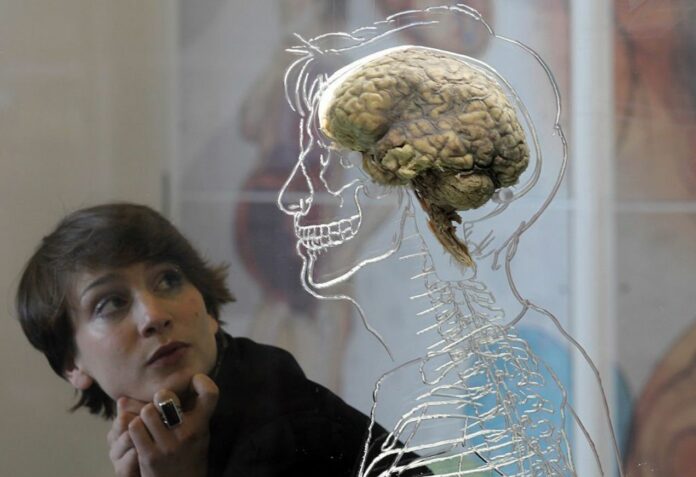Scientists at the National Institutes of Health have uncovered a neurological disease that reveals the significance of the cell’s recycling mechanism in promoting a healthy brain.
A newly discovered illness holds the potential to shed light on the role of the cell’s recycling process in maintaining a healthy brain.
The National Human Genome Research Institute (NHGRI) and Undiagnosed Diseases Program (UDP) of the National Institutes of Health (NIH) discovered three children with the syndrome, including two siblings and one unrelated kid.
All three of the kids struggled with speech and motor coordination, and one of them showed defects in the cerebellum, a region of the brain that is involved in complicated movement among other things. Additionally, each child’s ATG4D gene showed mutations in both copies.
Autophagy is a way for cells to keep themselves healthy by breaking down and recycling damaged proteins and other parts of the cell. ATG4D helps this process.
Although all cells in the body employ autophagy, neurons rely on it more than other cells do in order to survive. But not much is known about how ATG4D helps neurons stay healthy.
In 2015, researchers found a genetic neurological disease in Lagotto Romagnolo dogs, an Italian breed known for its fluffy coat and ability to hunt truffles. This was the first sign that ATG4D might affect brain health. The dogs who were affected were acting strangely, their cerebellums were shrinking, they had trouble coordinating their muscles and moving their eyes, and they had ATG4D mutations.
Even though this 2015 study rekindled interest in the subject, no link between ATG4D and any neurological disorder in people has been shown.
“Among genetic diseases,” remarks senior author Christine Malicdan, “we’ve solved many of the lower hanging fruits.
“Now, we’re reaching for the higher fruits — genes like ATG4D that are more difficult to analyze — and we have the genomic and cellular tools to do so.”
Computational analyses showed that the ATG4D mutations in the three children would lead to proteins that don’t work right. But ATG4D’s job is similar to that of three other genes in the human genome, and in some cells, these other genes may be able to make up for the loss of ATG4D.
All of the body’s cells have the same genome, but some genes are more important for some cells than others. When the researchers looked at the ATG4D mutations in the children’s skin cells, the changes did not affect how the cells recycled themselves. However, this may not be the case in the brain.
“The brain is so complex, and neurons have very specialized functions. To fit those functions, different neurons use different genes, so changes in redundant genes can have major impacts in the brain,” points out Malicdan.
To make cells that depend more on ATG4D, the researchers deleted similar genes from lab-grown cells and then added the ATG4D mutations from the children.
Researchers found that cells with the children’s ATG4D mutations were unable to complete the essential stages for autophagy, suggesting that a lack of cellular recycling was to blame for the children’s symptoms.
However, there is still a lot that is unclear about ATG4D. Many significant cellular processes, such as autophagy, are still partially understood, according to Malicdan. Changes in one gene that cause a rare disease can help figure out how that gene works in a process that is important for all cells.
Many autophagy components have a role in Alzheimer’s disease and other neurodegenerative diseases. Understanding this uncommon neurological illness may open up new research directions on the role of ATG4D in more typical disorders.
“That’s the million-dollar question in rare disease research,” adds Malicdan. “Rare diseases can help us understand biological pathways, so we can better understand how those pathways contribute to other rare and common conditions.”
Researchers and doctors from the National Institutes of Health (NIH) are still working with the children in this study, and the researchers want to find more patients. Although developing effective therapies for ATG4D and other conditions affecting autophagy pathways is still a long way off, researchers hope to make progress in this direction by understanding more about these two phenomena.
Source: 10.1038/s41525-022-00343-8
Image Credit: Matt Cardy/Getty Images
